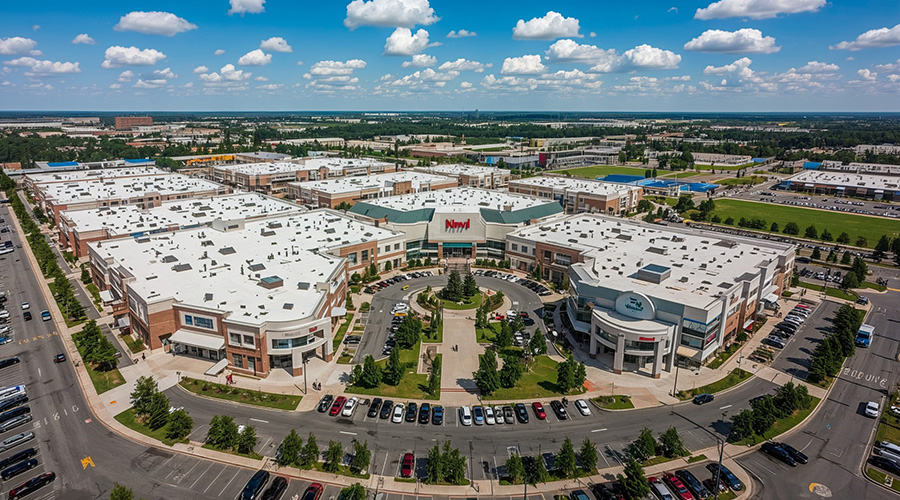The pandemic has brought into view a significant challenge facing healthcare facility managers – the need to do more with less, requiring these professionals to handle a growing list of tasks with fewer and fewer resources. As a recent Becker’s Hospital Review article states, ‘For the healthcare supply chain to become more resilient in the future, the United States needs to increase its efficiency and ability to produce these products domestically as well as internationally. Additionally, for the U.S. healthcare supply chain to become more resilient long term, it will need to increase its resistance and recovery ability in times of crisis.”
With budget constraints continuously growing tighter and tighter, how is a facility manager to successfully navigate a changing landscape?
One top-line task for facility managers is to build trusting relationships with the vendors serving their facility. However, how is a facility manager to know that he or she can safely place trust in any given vendor? And what should facility managers look for when considering new vendors?
At the top of the list of key attributes for a trusted vendor is reliability and financial stability. After all, the ability to call on a vendor in a time-sensitive or pressure situation—for, say, equipment, medical supplies or technology repairs—must rate high on the facility manager’s list of priorities.
It stands to reason, then, that properly vetting suppliers for reliability and financial stability is critical to successfully managing facilities. In fact, validating and maintaining oversight of these two essential qualities may be one of the most important undertakings to maintain budgets, as well as overall facility safety.
Mitigating relationship risk
While relationships between facilities and suppliers are somewhat symbiotic, these connections also carry risk for both parties. And, of course, suppliers value knowing they are a trusted partner, just like a facility managers need to know their suppliers are trustworthy. Developing and following a clear process to vet suppliers can create stronger, more reliable relationships between them and their customer—facility managers.
Reliable, financially secure suppliers are a requirement for every facility manager. A new or upgraded technology installation project can fall behind schedule or even fail if a single supplier suddenly declares bankruptcy or is unable to provide services or products because of cash flow problems. Requirements for supplies such as lightbulbs, medical care supplies, cleaning equipment, or other consumables must be met in a timely fashion to keep the facility moving forward. Multiplying a single supplier failure by the number of services and supplies required by a facility makes clear the importance of annual financial stability assessments.
Because many outside forces might impact your suppliers at any given moment—forces outside their control or yours such as weather, parts acquisition, labor issues and others, verifying financial stability is a weapon against the inherent risk of these relationships.
Carefully vetting your suppliers, which includes gathering and monitoring their financial information, and keeping a close eye on their financial stability over time can diminish the risk that exists in facility/supplier relationships. Considering the time and money it might require to find a new supplier, it only makes sense that supplier financial stability is critical to facility management success.
Information to collect and how to collect it
It’s important to understand the steps involved in assessing and verifying financial stability to mitigate risk. Here is an outline of these steps as a guideline:
• Assess risk and then do the appropriate research. Different organizations have different levels of risk comfort, depending on the importance of the supplier to the facility’s success. Carefully determine where the greatest risk lies for your facility, whether it is a hospital, a long-term care facility or a community clinic.
• Gather the right data. Once you know where the facility is most vulnerable, begin gathering data to determine the supplier’s financial health. Here is some vital information to collect:
•• D&B scores
•• 3rd party financial ratings
•• Legal searches (judgments/liens)
•• Debarment searches
•• Business continuity plans
•• Financial references
•• Merger/acquisition activity
• Research and consider third-party ‘tracking’ solutions. Not every healthcare facility has the internal resources necessary to handle several supplier assessments. Third-party organizations are available for facility managers and other organizations to gather the necessary data, as well as track required supplier information and compliance data.
In Summary
Minimizing and mitigating the risk involved in every mission-critical supplier relationship should be top of mind for every facility manager. It’s a key step in protecting the day-to-day healthcare facility management functions.
Richard Parke is Senior Vice President of Supplier Services at Avetta, a provider of supply chain risk management tools.

 Healthcare Is the New Retail
Healthcare Is the New Retail Bridgeway Behavioral Health Services Launches Campaign to Renovate Health Center
Bridgeway Behavioral Health Services Launches Campaign to Renovate Health Center Ground Broken for New North Dakota State Hospital
Ground Broken for New North Dakota State Hospital AI Usage for Healthcare Facilities
AI Usage for Healthcare Facilities Ground Broken on Pelican Valley Senior Living Modernization Project
Ground Broken on Pelican Valley Senior Living Modernization Project